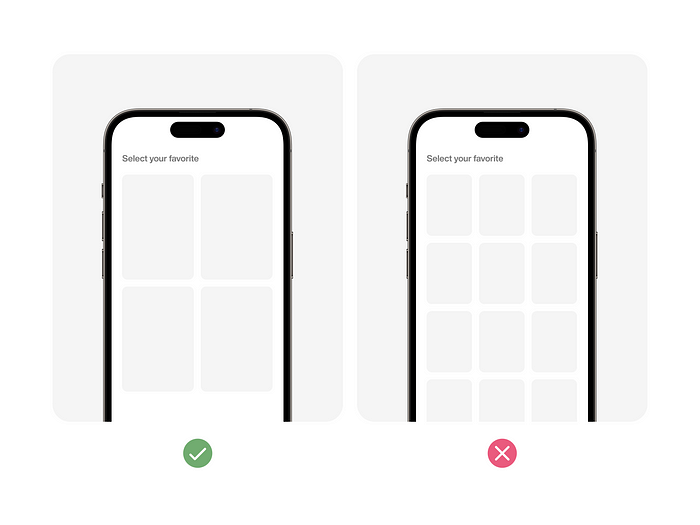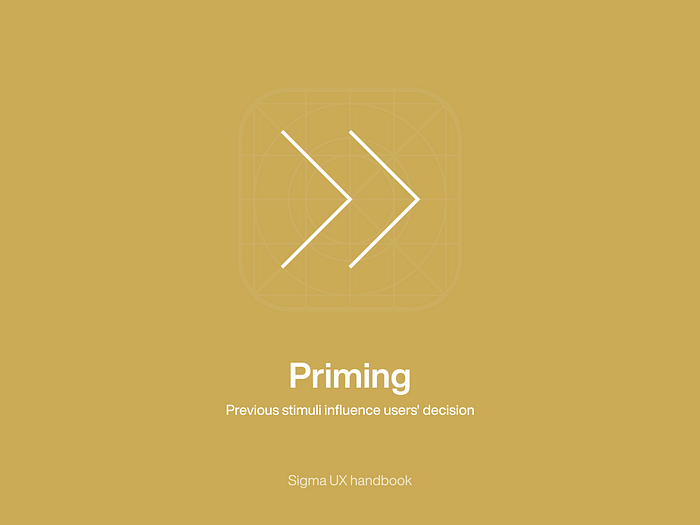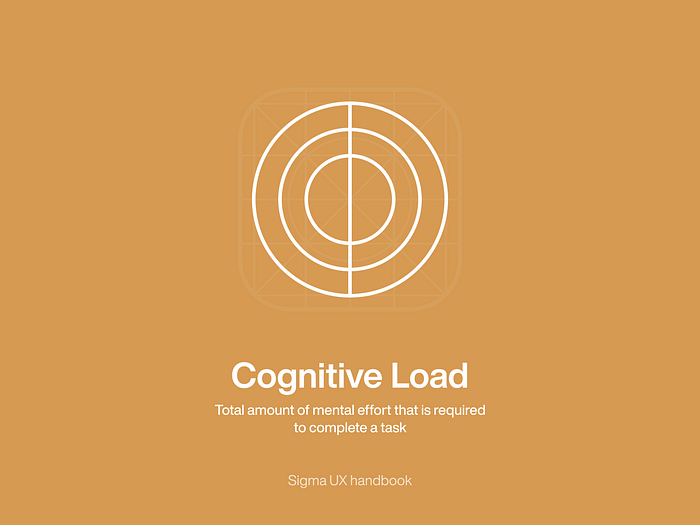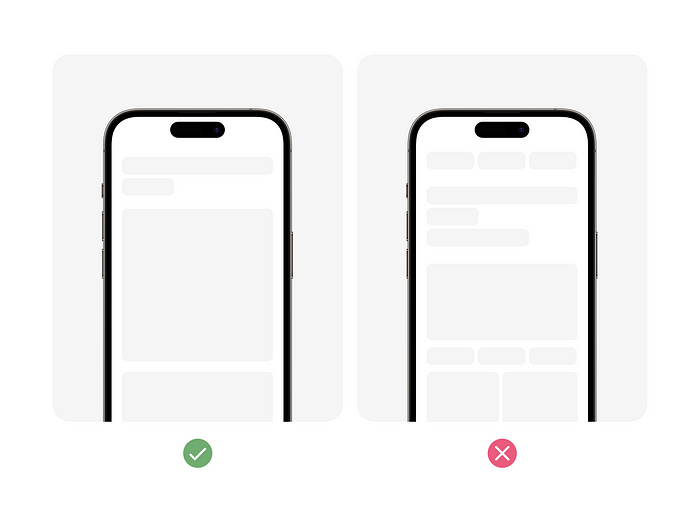UX Design Psychology — a guide to human experience

Hi, my name is Ameer, designer at Sigma. Being a product designer i’ve learnt so many valuable lessons from great designers all around the world like Dieter Rams, Don Norman, Johny Ive, and the mentality of Steve Jobs towards design and so many more. We all know about trends, modern methods and studying the data but the core factor of design usually lost in between, and that’s all about human experience.
Going back to origins
There’s this truth that profound innovations and ideas have this connection to how deep is our understanding towards the origin of a subject. Simplest things like where do icons even come from? where did it all started? why does it help so much to understand complex concepts just by a glance?. To be right on point, we’re designing for humans, so that anything that we feel like it works great and we love it, has to do something with how humans perceive and experience. That’s where understanding humans becomes the main objective of a product.
The term UX has often been misunderstood but as Don Norman who invented the term explains, it’s about understanding how human actually experience things, and here’s where psychology comes handy the most. Long story short, the products that are more humane are more enjoyable to use.
To make it more clear let’s break down some of these essential psychology terms to know when designing.
Hick’s Law

Meaning
Hick’s Law is a principle in psychology and design that suggests the time it takes for an individual to make a decision increases with the number of choices or stimuli present. This law emphasizes the importance of simplifying choices and reducing complexity in design to improve decision-making efficiency.
Example

Confirmation Bias

Meaning
Confirmation bias is a cognitive bias where individuals tend to seek out, interpret, and remember information that confirms their preexisting beliefs or hypotheses, while ignoring or discounting contradictory evidence. This bias can lead to selective perception and the reinforcement of existing beliefs, hindering objective evaluation and decision-making.
Example

Priming

Meaning
Priming is a psychological phenomenon where exposure to one stimulus influences a person’s response to a subsequent stimulus, often without conscious awareness. This effect can affect perceptions, judgments, and behaviors, demonstrating the subtle ways in which prior experiences and stimuli shape our thoughts and actions.
Example

Cognitive Load

Meaning
Cognitive load refers to the amount of mental effort required to process information or perform a task. It encompasses both the intrinsic complexity of the task itself and the additional cognitive demands imposed by external factors, such as distractions or multitasking. Managing cognitive load is crucial in design and education to optimize learning and task performance.
Example

To build a wonderful Human Experience
Sometimes designers get lost in all the trends and focus so much on the common methods that it’s easy to forget it’s all about humans. It’s all about caring and empathy towards how we feel and behave in the first place. To design what feels right, rejecting reasons like what the business data currently says or what’s getting impressions. To truly come up with a profound idea that’s wonderful to experience, That’s humane.
Over a 100 UX psychology principle definitions on:


